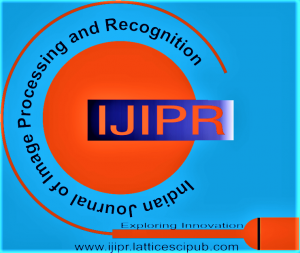![]()
An Overview of Text to Visual Generation Using GAN
Sibi Mathew
Sibi Mathew, MTech Scholar, Department of CSE TKM College of Engineering Kollam, Kerala, India.
Manuscript received on 30 March 2024 | Revised Manuscript received on 12 April 2024 | Manuscript Accepted on 15 April 2024 | Manuscript published on 30 April 2024 | PP: 1-9 | Volume-4 Issue-3, April 2024 | Retrieval Number: 100.1/ijipr.A804113010524 | DOI: 10.54105/ijipr.A8041.04030424
Open Access | Editorial and Publishing Policies | Cite | Zenodo | OJS | Indexing and Abstracting
© The Authors. Published by Lattice Science Publication (LSP). This is an open access article under the CC-BY-NC-ND license (http://creativecommons.org/licenses/by-nc-nd/4.0/)
Abstract: Text-to-visual generation was once a cumbersome task until the advent of deep learning networks. With the introduction of deep learning, both images and videos can now be generated from textual descriptions. Deep learning networks have revolutionized various fields, including computer vision and natural language processing, with the emergence of Generative Adversarial Networks (GANs). GANs have played a significant role in advancing these domains. A GAN typically comprises multiple deep networks combined with other machine learning techniques. In the context of text-to-visual generation, GANs have enabled the synthesis of images and videos based on textual input. This work aims to explore different variations of GANs for image and video synthesis and propose a general architecture for text-to-visual generation using GANs. Additionally, this study delves into the challenges associated with this task and discusses ongoing research and future prospects. By leveraging the power of deep learning networks and GANs, the process of generating visual content from text has become more accessible and efficient. This work will contribute to the understanding and advancement of text-to-visual generation, paving the way for numerous applica-tions across various industries.
Keywords: Computer Vision, Image Synthesis, Natural Lan- Guage Processing, Video Synthesis, Filler Images.
Scope of the Article: Communication of Visual Data
